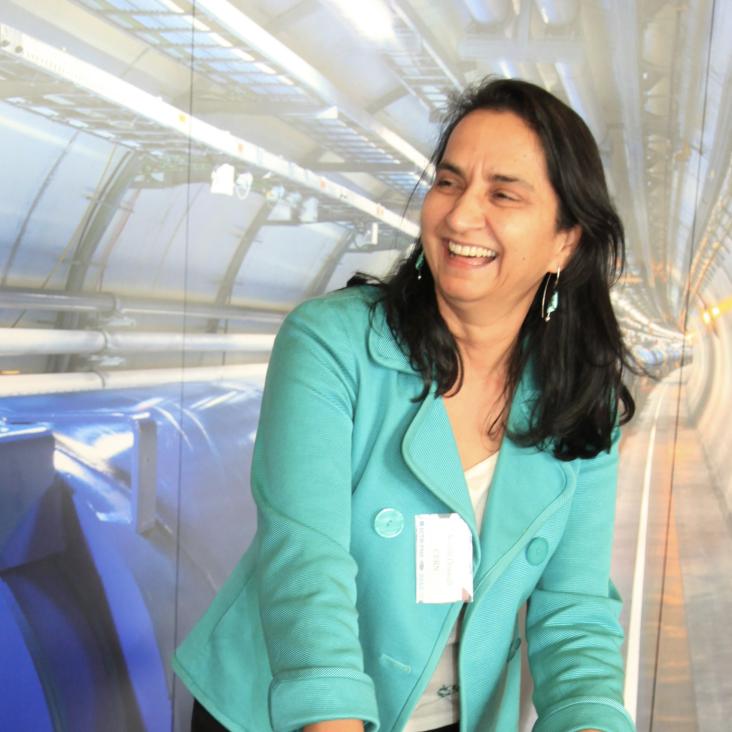Education and training in medical imaging for conventional and particle radiation therapy through the EC funded envision and ENTERVISION
Romanian Reports in Physics 66:1 (2014) 22-29
Abstract:
A key challenge in particle therapy today is quality assurance during treatment, which needs advanced medical imaging techniques. This issue is tackled by the EC funded project ENVISION, an R&D consortium of sixteen leading European research centres and one industrial partner, co-ordinated by CERN. ENVISION covers developments in Time Of Flight in-beam PET, in-beam single particle tomography, organ motion monitoring techniques, simulation, and treatment planning. Additionally, ENVISION serves as a training platform for the ENTERVISION project, a Marie-Curie Initial Training Network aimed at educating young researchers in online 3D digital imaging for hadron therapy. ENTERVISION brings together ten academic institutes and research centres of excellence and a leading European company in particle therapy, and is coordinated by CERN. Its multi-disciplinary training programme of ENTERVISION includes a diversified portfolio of scientific courses, complemented by specific courses aimed at developing soft skills. The ENTERVISION researchers will also benefit from the involvement in the research activity of ENVISION, and in the European Network for Light Ion Hadron Therapy (ENLIGHT). The trainees are encouraged to build a multidisciplinary network which will not only help them with their future careers but ultimately improve the transfer of knowledge and collaboration between the various disciplines of cancer treatment.A Monte Carlo-based treatment-planning tool for ion beam therapy
Journal of Radiation Research Oxford University Press (OUP) 54:suppl_1 (2013) i77-i81
Data-driven Markov models and their application in the evaluation of adverse events in radiotherapy
Journal of Radiation Research Oxford University Press (OUP) 54:suppl_1 (2013) i49-i55
Feasibility study for a biomedical experimental facility based on LEIR at CERN
Journal of Radiation Research Oxford University Press (OUP) 54:suppl_1 (2013) i162-i167
Hadron therapy information sharing prototype
Journal of Radiation Research Oxford University Press (OUP) 54:suppl_1 (2013) i56-i60


